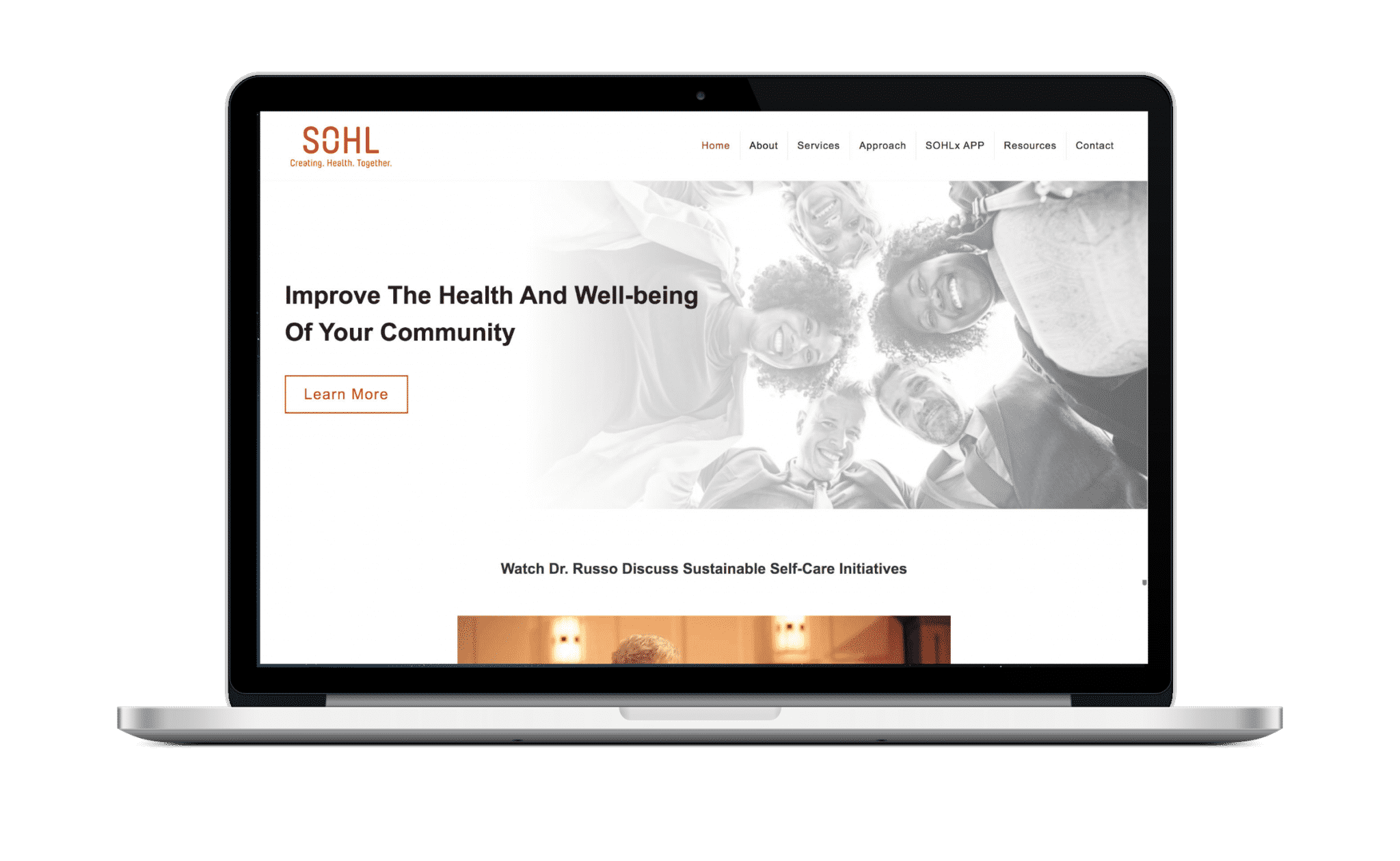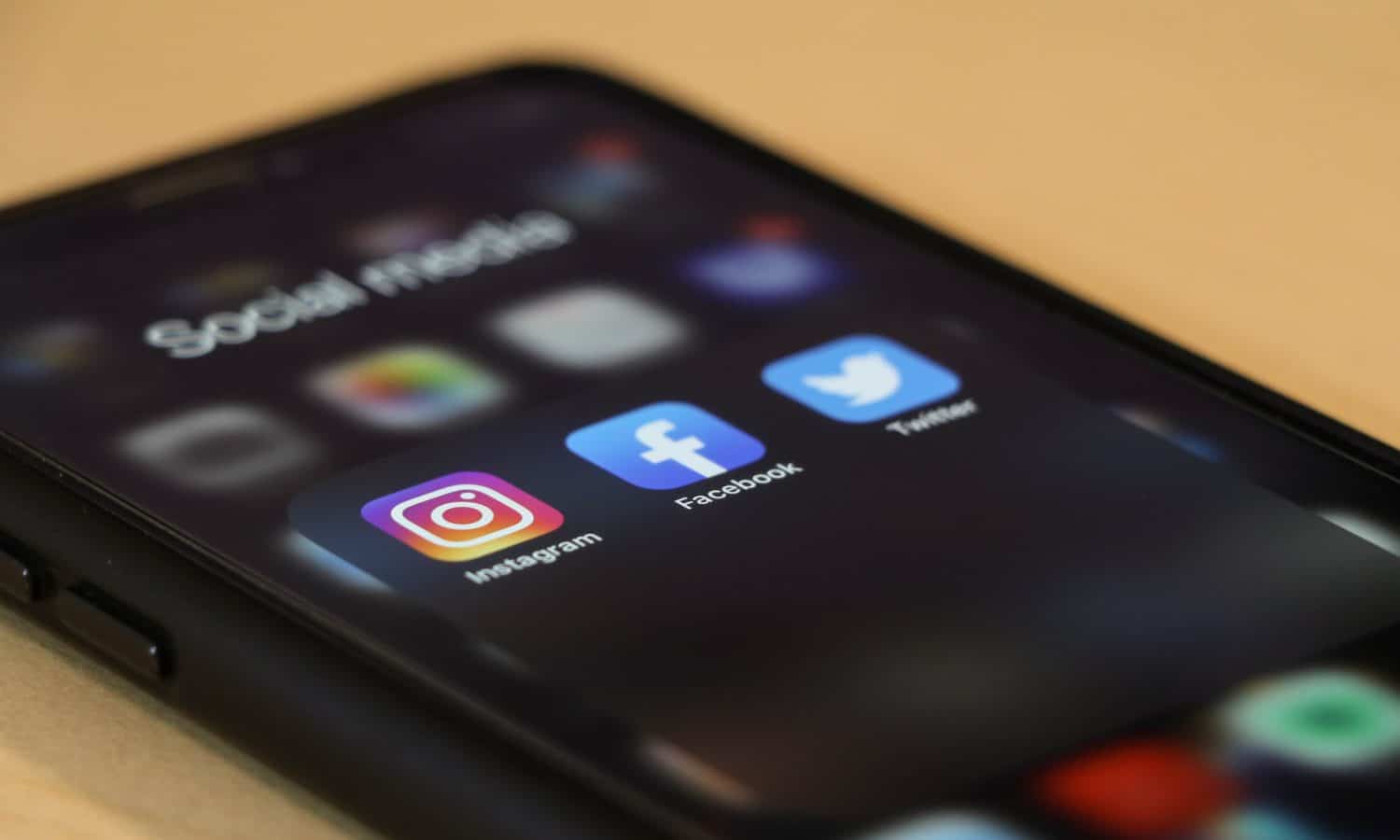Introduction
In the rapidly evolving digital landscape, where first impressions can make or break a business, optimizing images and media on your website isn’t just an option; it’s a necessity. As part of your digital marketing strategy, leveraging effective web design techniques can significantly enhance user experience and improve your site's visibility in search engine results. This article will delve into the intricacies of optimizing images and media in WordPress to boost your Search Engine Optimization (SEO) efforts, ultimately leading to increased website conversions.
Optimizing Images and Media in Wordpress for Better Search Rankings
When discussing WordPress Web design, one must recognize that images and media play a pivotal role in capturing attention and conveying messages effectively. However, without proper optimization, these elements can hinder your site’s performance. So how do we get started with digital marketing optimizing images on WordPress?
Understanding the Importance of Image Optimization
Before diving into the specifics of optimization techniques, let’s first understand why image optimization is crucial for your website.
- Loading Speed: Large image files can drastically slow down page loading times. According to studies, a delay of just a few seconds can lead to significant drop-offs in user engagement. User Experience: Well-optimized images enhance overall user experience, making your website more pleasant to navigate. Search Engine Rankings: Search engines like Google prioritize websites that load quickly and provide a good user experience. Optimized images contribute to improved rankings.
The Role of Media in SEO
Media serves as more than just decorative elements on your Digital Marketing Massachusetts site; they are integral parts of your content strategy.
Engagement: Engaging media captures users' attention longer. Dwell Time: The time users spend engaging with multimedia content can positively affect SEO. Social Sharing: High-quality images often lead to higher social shares, increasing visibility.Common Image Formats for Web Use
Choosing the right image format can greatly influence both quality and loading speed:
1. JPEG
- Best for photographs High compression reduces file size but may lose some quality
2. PNG
- Ideal for graphics with fewer colors Maintains high quality but larger file sizes
3. GIF
- Suitable for animations Limited color palette affects quality
Best Practices for Image Optimization
Now that you understand why image optimization matters, let’s explore effective practices you should adopt:
1. Compress Your Images
Utilize tools like TinyPNG or ImageOptim to compress images without significantly losing quality.
2. Use Descriptive Filenames
Instead of using generic names like "IMG_1234.jpg," opt for descriptive filenames that include relevant keywords like "blue-widget-for-sale.jpg."
3. Add Alt Text
Alt text not only improves accessibility but also helps search engines understand the content of your images.

4. Implement Lazy Loading
Lazy loading ensures that images are loaded only when they become visible on the user's screen, which enhances performance.
Tools for Image Compression and Optimization
Several tools can assist you in optimizing images effectively:
| Tool | Description | |-----------------|----------------------------------------------------| | TinyPNG | Online tool for compressing PNGs and JPEGs | | ShortPixel | A robust WordPress plugin offering various optimization features | | Smush | A popular plugin designed specifically for WordPress users |
Creating Responsive Images
Responsive design is vital in today's mobile-centric world. Here’s how you can ensure that your images look great on any device:
Use CSS techniques such as max-width to ensure images scale appropriately. Utilize HTML's srcset attribute to serve different image sizes based on screen resolution.Incorporating Videos into Your Strategy
Videos are increasingly becoming essential components of web design due to their ability to convey information succinctly:

Benefits:
- Increased engagement rates Improved dwell time
Optimization Tips:
- Host videos on platforms like YouTube or Vimeo instead of directly on your server. Always include video descriptions with relevant keywords.
Local SEO Considerations in Media Optimization
When optimizing media for local SEO, consider the following strategies:
Use location-specific keywords in file names and alt texts. Incorporate Google Maps into your site effectively by embedding maps related to your local business.Integrating Images into Blog Content
Writing blog posts on WordPress provides an excellent opportunity to enrich them with optimized visuals:
- Break up long texts with relevant imagery. Use infographics to summarize complex ideas visually.
Impact of Optimized Media on Website Conversions
Optimized media not only improves SEO but also boosts conversion rates by enhancing user experience:
Clear Call-to-Actions (CTAs) alongside visual elements guide users toward desired actions. Using testimonials or case studies as video content increases trustworthiness.Monitoring Performance Post-Optimization
After implementing these strategies, monitoring their impact is crucial:
Use Google Analytics to track traffic changes post-media optimization. Regularly check page speed insights through Google's PageSpeed Insights tool.Frequently Asked Questions (FAQs)
Q1: Why is image optimization important? A1: Image optimization improves loading times, enhances user experience, and positively impacts search engine rankings.
Q2: What tools should I use for image optimization? A2: Tools like TinyPNG, Smush, and ShortPixel are highly recommended for compressing images effectively on WordPress.
Q3: How do I add alt text to my images? A3: When uploading an image via the WordPress editor, you’ll find an option labeled "Alt Text" where you can enter descriptive text about the image.
Q4: Does video content also need optimization? A4: Yes! Videos should be hosted externally when possible and should have descriptive titles and tags optimized for SEO.
Q5: Can optimized media impact local SEO? A5: Absolutely! Using location-specific keywords in filenames and alt texts enhances visibility in local search results.
Q6: What is lazy loading? A6: Lazy loading is a technique where images are only loaded when they appear in the viewport, thereby improving page load speeds significantly.
Conclusion
In conclusion, optimizing images and media in WordPress is an essential component of a successful digital marketing strategy focused on enhancing both user experience and search engine rankings. By adopting best practices such as compressing files, using descriptive alt texts, creating responsive designs, incorporating videos strategically, and monitoring performance metrics post-optimization, businesses can significantly increase their online visibility while ensuring a seamless experience for their audience.
When executed properly within the framework of broader web design principles—encompassing aspects like local SEO—these strategies work together harmoniously to drive traffic towards better conversions through informed digital marketing practices tailored for today’s competitive landscape.